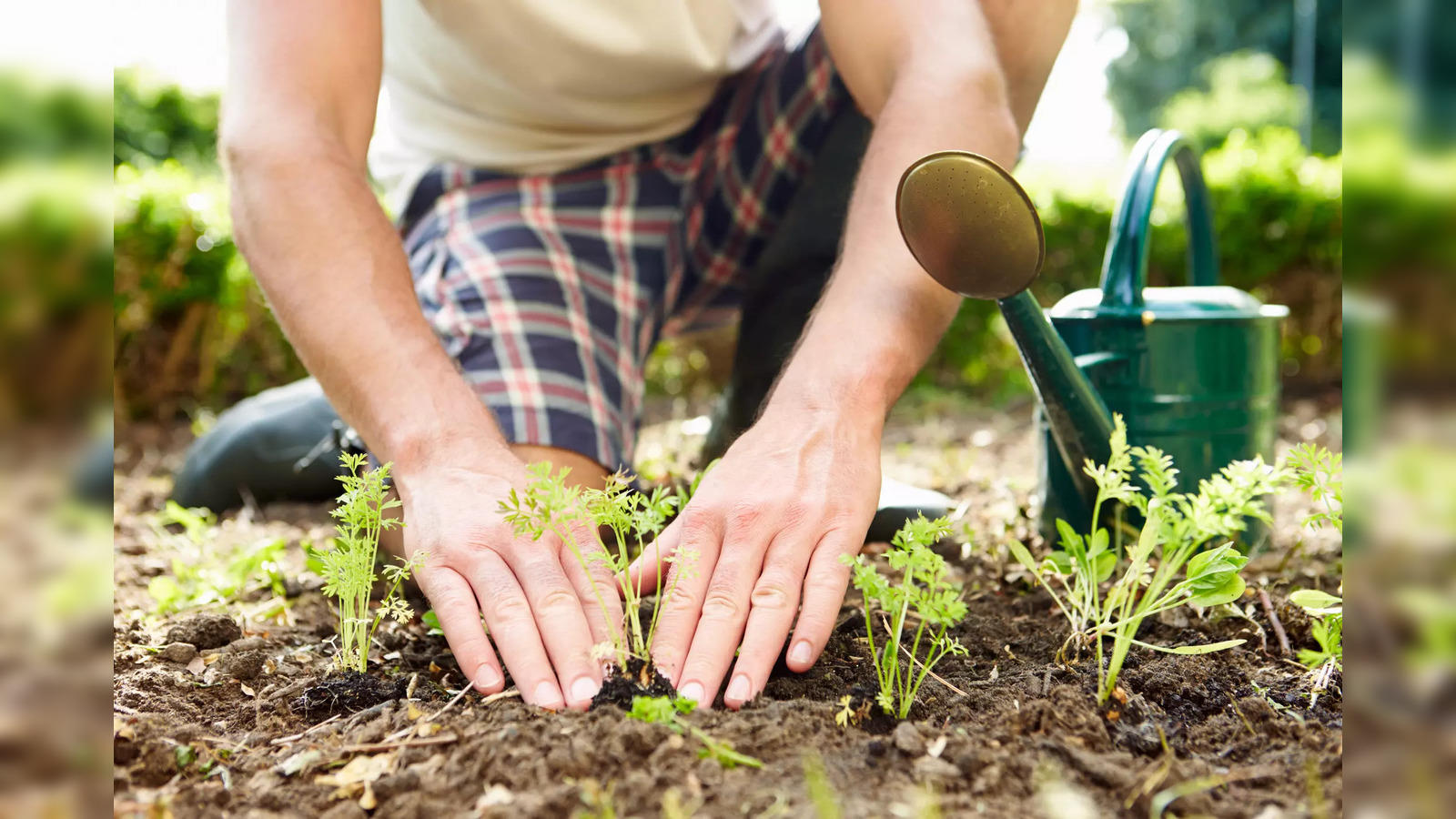Cultivating Self-confidence: Newbie Gardening Hacks for Greenery Fanatics
Wiki Article
From Amateur to Green Thumb: A Step-by-Step Journey With the Art of Horticulture

Recognizing Your Gardening Room
To begin your gardening trip, it is important to recognize the special qualities and constraints of your gardening area. Are there any kind of specific difficulties you may deal with, such as inadequate soil high quality or minimal water availability? Comprehending these variables will help you make educated choices about the types of plants that will certainly grow in your space.Consider the dimension of your horticulture location. If you have a small area, you might require to concentrate on container gardening or vertical horticulture to optimize your expanding location. On the various other hand, if you have a huge room, you have the deluxe of growing a selection of plants and developing different zones within your garden.
Next, assess the amount of sunshine your room obtains. This will certainly identify which plants will thrive and which ones may battle. You can opt for shade-loving plants like ferns or hostas if your room is shaded. If your room receives full sunlight, you can grow a broad variety of plants, consisting of natural herbs, blossoms, and veggies.
Lastly, consider any kind of constraints or obstacles specific to your room. If your dirt high quality is inadequate, you might need to modify it with garden compost or choose plants that are forgiving of less-than-ideal conditions. If water is limited, you can select drought-tolerant plants or implement water-saving strategies like mulching.
Selecting the Right Plant Kingdoms for Your Garden
Select plants that are well-suited to your yard's unique problems and your personal choices. When selecting plants for your garden, it is vital to think about factors such as sunshine, dirt type, and environment. Have a look at the amount of sunshine your yard gets throughout the day. Some plants thrive in full sunlight, while others choose partial or perhaps complete shade. Take into consideration the soil kind in your garden. Some plants like well-drained dirt, while others flourish in clay-like or damp soil. In addition, consider the climate in your location. Some plants are much better suited for completely dry and warm environments, while others can endure cooler temperatures.One more crucial facet to consider is your personal preference. Do you like a yard loaded with vivid blossoms, or are you more curious about growing herbs and vegetables? Believe regarding the objective you desire your yard to web offer and the visual you wish to attain. It's additionally worth considering the upkeep degree of the plants you pick. Some plants call for even more treatment and attention, while others are a lot more low-maintenance.
Preparing the Soil for Planting
The majority of plants prefer a slightly acidic to neutral pH, around 6.0 to 7.0. Improperly drained soil can lead to water logged origins and various other plant health problems. By examining and making essential changes to your soil, you can produce an optimum setting for your plants to thrive.Nurturing and Maintaining Your Yard
Make sure to sprinkle your plants deeply, allowing the water to pass through the soil and reach the origins. Routine weeding is also important to more helpful hints maintain your yard complimentary from undesirable plants that compete for nutrients and area. Regularly examine your plants for any kind of indications of problem or illness and take immediate activity to prevent additional damages.Troubleshooting Common Gardening Issues
If you observe eaten fallen leaves or plants that are wilting for no evident factor, you may have an insect problem. If your plants have yellow or blemished leaves, they may not be getting sufficient nutrients. Eliminate influenced plants and treat the remaining ones with natural fungicides or chemicals.Conclusion
Congratulations! You have successfully completed the journey from amateur to green thumb in the art of horticulture. By understanding your gardening room, picking the right plants, preparing the soil, and supporting your garden, you have actually overcome a knockout post typical gardening concerns like a pro. Now, equipped with knowledge and experience, you are prepared to appreciate the charm and abundance of your flourishing yard. Keep up the magnum opus and remain to grow your eco-friendly thumb!
When picking plants for your garden, it is important to take into consideration factors such as sunshine, soil type, and environment. Some plants choose well-drained dirt, while others flourish in moist or clay-like dirt (newbie gardening). By recognizing your horticulture space, picking the right plants, preparing the dirt, and nurturing your yard, you have actually gotten over typical horticulture problems like a pro
Report this wiki page